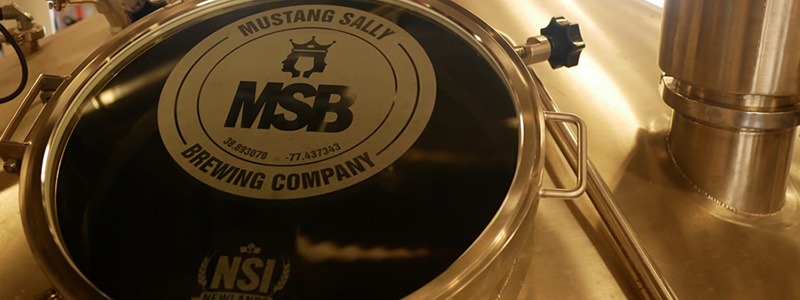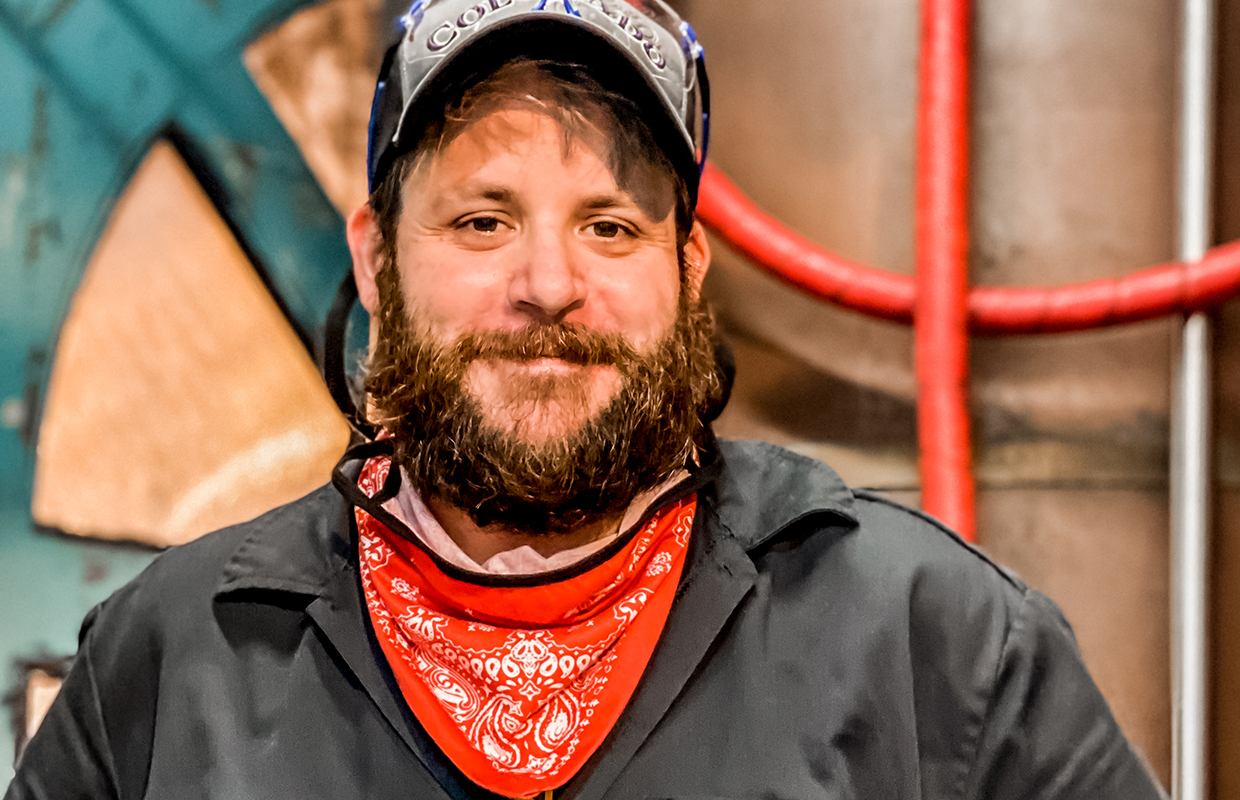
Editor’s Note: Jon Sicotte spoke with many breweries about their uses with Kveik yeast strains. This is a multiple-part series.
One of the hottest yeasts out right now that many breweries are looking at using is the strains from Norwegian Kveik.
Called a “unicorn” by one brewery that talked with Brewer, these “super strains” have become more than just a curiosity, and some breweries have started to use it in daily production. A little goes a long way. It can be pitched warm and fermented hot in a variety of styles or used as a traditional Saison yeast.
“We were very intrigued by the idea of fermenting at such high temperatures, yet still producing a clean-tasting beer,” said Benchtop Brewing‘s Eric Tennant. “We immediately saw a potential benefit for IPAs as it could increase the temperature range at which we can dry hop and potentially extract more — or different — oils.”
Tennant — the brewery’s founder and head brewer — added that the only real technical challenge he’s seen from time to time is that Kveik seems to be a little more prone to hop creep during secondary fermentation.
However, Tennant said he and his team have been able to address the problem with grist and mash profile adjustments.
Boiler Brewing uses a 10-barrel system while also having six 2-bbl tanks for experimentation. In the first of two experiments with a two-bbl batch, Tim Thomssen said the Nebraska brewery “did everything backward,” including pitching just 20% of the normal target cell count. They also knocked out at 86 degrees and let the temperature go as high as 100.
“As promised, the beer was fruity, fast and phenolic-free,” Thomssen said. “It also finished quickly. The IPA turned out great.”
Since they could pitch such a small amount of yeast, Thomssen figured they could propagate enough yeast in a five-gallon stainless steel pot on a stir plate for a 10-bbl batch.
Turns out it worked, which is a great money saver for a smaller brewery, he said.
“It is much more difficult to propagate enough from conventional yeast; plus, this is home grown, which is nice,” he said.
“This is a big deal for a small brewery to be able to grow their own yeast instead of purchasing a pitchable quantity from a lab.”
Ryan Murphy, the head brewer at Mustang Sally said he only started understanding what a Kveik strain was from the online site, Milk The Funk.
The Chantilly, Virginia brewery made a kettle sour and an IPA with the Arset Blend from Jasper Yeast.
”I really wanted to try using it because it was an opportunity to experiment and also have a strain in-house that can produce a wide range of beers,” Murphy said.
The only technical challenge Mustang Sally’s team had was actually pitching as hot as wanted.
”We brew a lot of Lagers and cast wort to the fermenter at about 50 Fahrenheit, so casting at 100 was a big adjustment,” he said.
With the kettle sour, the team pasteurized the wort when it hit a pH of 3.6 in order to avoid stressing the Kveik instead of taking it down to 3.3. Yet Murphy said no one saw signs of fermentation issues.
Murphy did say that for an IPA he might not use the Arset strain again as they noticed some light cider qualities to the aroma that were out of place in an IPA, but it worked well in the kettle sour.
The plan is to try the Voss strain for an IPA in the future instead.




2 Trackbacks / Pingbacks